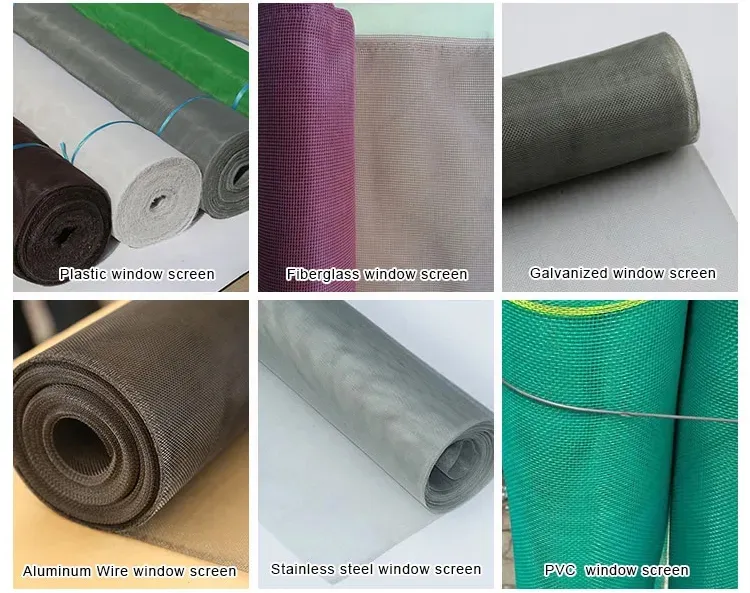Dec . 07, 2024 08:08 Back to list
custom bar grating price
Understanding the Pricing of Custom Bar Grating
Bar grating is a versatile and essential component in various industries, providing structural support and safety for walkways, platforms, and drainage systems. Custom bar grating offers tailored solutions, catering to the specific requirements of different applications. However, understanding the price of custom bar grating can be somewhat complex, as several factors influence the final cost. In this article, we'll explore these factors and provide insights into how pricing works in the world of custom bar grating.
Factors Influencing Custom Bar Grating Prices
1. Material Type The type of material used to manufacture bar grating significantly affects its price. Common materials include steel, aluminum, and fiberglass. Steel grating is known for its strength and durability, making it a popular choice for heavy-duty applications. Aluminum grating is lighter and offers excellent corrosion resistance, which is ideal for environments exposed to moisture. Fiberglass grating is lightweight and highly resistant to chemicals, making it suitable for industrial applications. Each of these materials has a different cost associated with it, influencing the overall pricing.
2. Manufacturing Process The method used to create the bar grating also plays a pivotal role in determining its price. Grating can be fabricated through several processes, including welded, swage-locked, and press-locked methods. Welded grating, for instance, involves a stronger bond and provides greater load capacity, which can lead to a higher price point. The specific manufacturing process affects not only the initial cost but also the longevity and maintenance requirements of the finished product.
3. Dimensions and Customization Custom bar grating can be designed to fit specific dimensions and load requirements, which adds to its versatility but can also increase the cost. Standard sizes tend to be more affordable due to economies of scale in production. However, custom sizes or shapes, such as angled or serrated grating for improved slip resistance, will typically involve additional design and manufacturing costs. Clients should consider their precise needs when requesting custom orders, as this will directly impact pricing.
custom bar grating price

4. Load Requirements The load capacity required from the bar grating is a crucial factor influencing its cost. Heavy-duty grating that can support greater weights will be more expensive compared to light-duty options. Ensuring the grating meets safety standards and specific load requirements is imperative, making it essential for buyers to communicate their expected load conditions clearly to the supplier to avoid overpaying for unnecessary strength.
5. Quantity and Bulk Orders Pricing structures often benefit bulk orders. Customers looking to purchase larger quantities of custom bar grating may receive discounts based on volume. Suppliers are generally willing to provide better rates for bulk orders, as this reduces per-unit manufacturing costs and allows for streamlined production processes.
6. Finishing Options Various finishing options, such as galvanization, powder coating, or painting, can also affect the final pricing of custom bar grating. These finishes not only enhance aesthetic appeal but also provide additional protection against corrosion and wear, which can be particularly beneficial in harsh environments. Depending on the finish chosen, costs can vary significantly.
Conclusion
In summary, the pricing of custom bar grating is influenced by a multitude of factors including material selection, manufacturing methods, dimensions, load capacities, order quantities, and finishing options. When considering a purchase, it's essential to assess these factors carefully to ensure that you’re getting the right product for your application at a fair price. Engaging with a knowledgeable supplier can provide insights into possible cost-saving options and help ensure that the custom bar grating meets both budgetary and functional requirements. Always remember, investing in quality bar grating is a proactive approach to enhancing safety and durability in your projects.
-
Hop Dipped Galvanized/PVC Coated Temporary Fence - Anping County Xingzhi Metal Wiremesh Products Co., Ltd.|Temporary Fencing Solutions, Durable Security Products
NewsJul.30,2025
-
Hop Dipped Galvanized/PVC Coated Temporary Fence-Anping Xingzhi|Durability&Cost-Effective
NewsJul.30,2025
-
Hop-Dipped Galvanized PVC Fence - Anping Xingzhi | Durable, Quick Deployment
NewsJul.30,2025
-
Hop Dipped Galvanized/PVC Coated Temporary Fence - Anping County Xingzhi|Temporary Fencing, Durable Security, Customization
NewsJul.30,2025
-
Hop Dipped Galvanized PVC Coated Temporary Fences - Anping County Xingzhi|Durable Corrosion Resistance, Quick Installation
NewsJul.30,2025
-
Hop Dipped Galvanized / PVC Coated Temporary Fence - Anping County Xingzhi Metal Wiremesh Products Co., Ltd|Durable Temporary Fencing&Versatile Applications
NewsJul.30,2025



